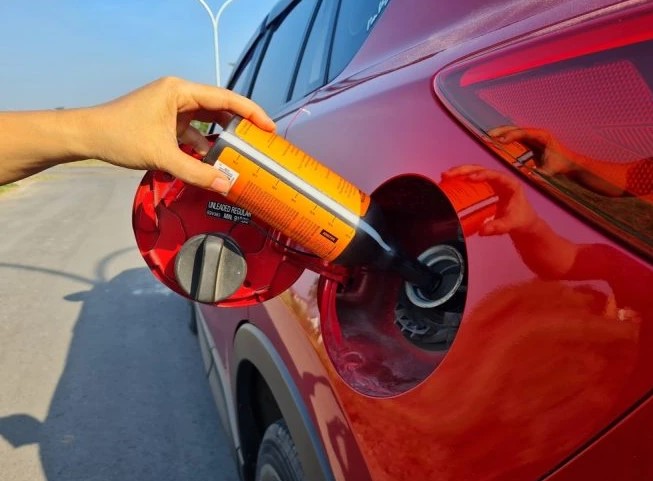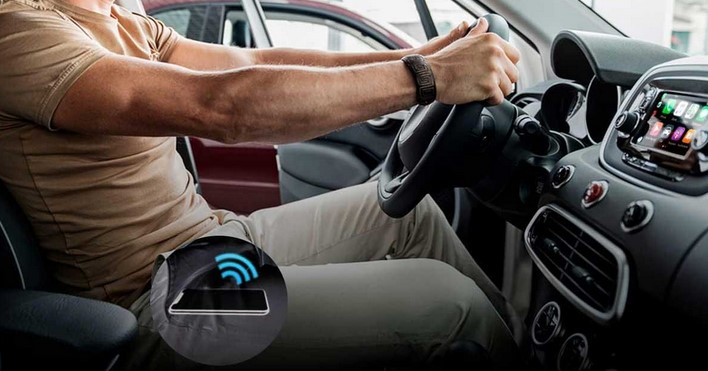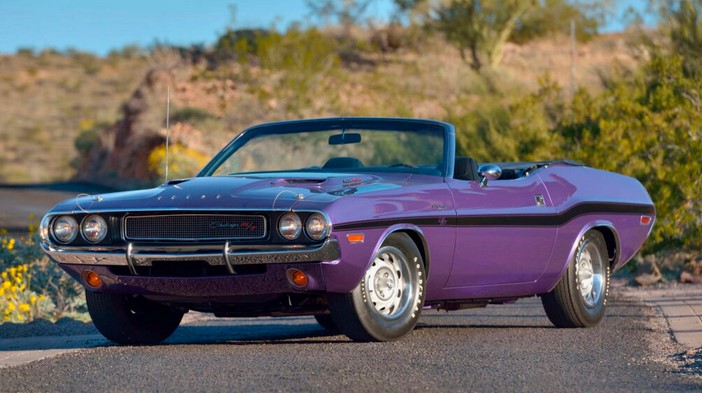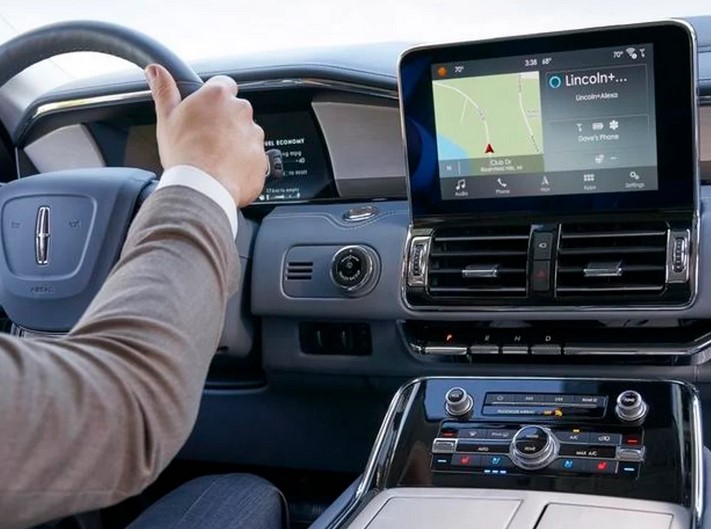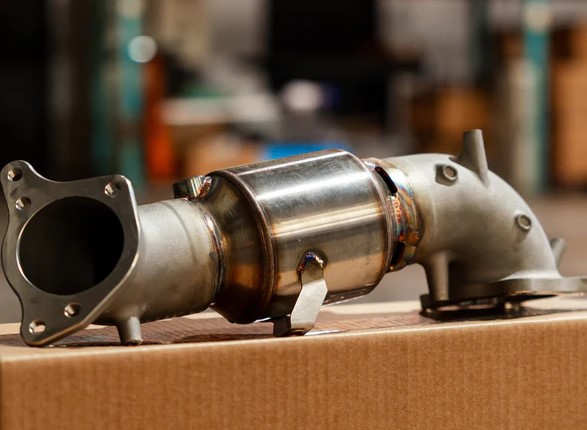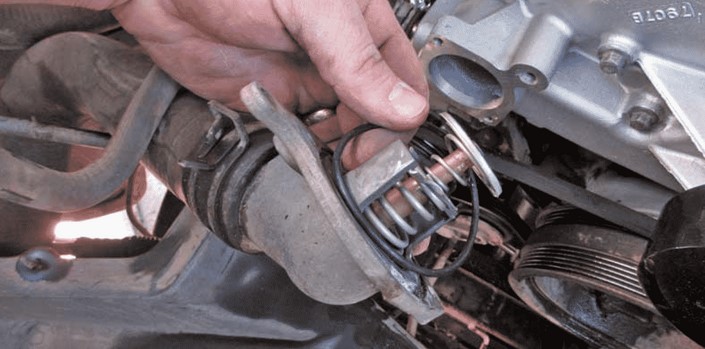
Purchasing a car can be one of the most significant financial decisions you make. Whether it’s your first car or your fifth, getting the best possible deal can make all the difference in your overall satisfaction. One of the most important skills you’ll need in the car-buying process is how to negotiate a car price effectively. By understanding the right strategies, preparing yourself ahead of time, and remaining confident during negotiations, you can secure the best price for the vehicle you’re eyeing. This article will walk you through the process, helping you approach the dealership with the knowledge and strategies necessary to save money and avoid common pitfalls.
Preparing for Negotiation
Research and Knowledge
The key to negotiating any deal successfully is knowledge, and this holds true when negotiating a car price. Before you even step foot in the dealership, you should spend time researching the car model you’re interested in. Look up the fair market value (FMV) using resources like Kelley Blue Book, Edmunds, or TrueCar. These tools will give you an idea of what other buyers are paying for the same model in your area, ensuring you’re not overpaying.
In addition to the market value, you should also check the car’s invoice price. This is the price the dealer paid for the car, and while they often have some wiggle room between the invoice price and the MSRP (Manufacturer’s Suggested Retail Price), knowing this gives you a better starting point in your negotiations.
Next, determine the trade-in value of your current vehicle if you have one. Dealers are often willing to offer trade-in deals, but they’ll only do so if they know you’ve done your homework. Don’t hesitate to get your car appraised at multiple locations, including online services that can provide an instant quote.
Understanding the Dealer’s Perspective
Car dealerships have a lot of flexibility in pricing, but that doesn’t mean they will always offer the best deal upfront. Dealerships are in business to make a profit, and understanding the dynamics of car sales can help you in your negotiation. A good dealer will aim for a deal that benefits both parties, but they may also try to upsell additional features or warranties.
Knowing the dealer’s incentives can be helpful. Manufacturers often offer dealerships incentives for meeting sales quotas, which could influence how much flexibility the dealer has in negotiating the price. Additionally, understanding the seasonal market—when demand for cars is low or when new models are being released—can give you more leverage when negotiating.
Strategies for Negotiating the Best Deal
Start Low but Be Realistic
When you’re ready to start negotiating, it’s crucial not to accept the first price the dealer offers. Instead, make an initial offer that’s lower than what you’re willing to pay but still reasonable. This tactic gives you room to negotiate without coming across as unreasonable. Remember, the goal is not just to get the lowest price but to feel confident that you’ve made a fair deal.
As you make your offer, remain calm and professional. Avoid becoming emotional or desperate. Dealers are experts at reading customers, and if they sense you’re too eager to buy, they may be less inclined to give you a deal.
Focus on the Out-the-Door Price
One of the most important tips for how to negotiate a car price is focusing on the out-the-door price, which includes all taxes, fees, and additional charges. Many buyers get caught up in the monthly payment and fail to notice the final total price of the car. Don’t let the dealer bait you into a negotiation based on just the monthly payment—it may not reflect the true cost of the vehicle once all the extras are added in.
Before agreeing to anything, get a breakdown of the out-the-door price. This will include the base price of the car, taxes, registration fees, dealer fees, and any additional options or services that you may have added. By staying focused on the final price, you ensure that you’re not agreeing to a deal that will cost you more in the long run.
Be Ready to Walk Away
This strategy is often overlooked but can be one of the most powerful in securing the best deal. If the dealer is unwilling to meet your price, be prepared to walk away. Walking away shows the dealer that you’re not desperate and that you’re willing to look elsewhere. This might prompt them to make a better offer, especially if they sense you’re serious about leaving.
Even if the dealer doesn’t immediately offer you a better deal, walking away gives you the opportunity to reassess the situation. It allows you to keep your emotions in check and avoid making a decision that you might regret later. If you’ve done your research and understand the fair market value, you can confidently leave and know that you’ll find a better offer elsewhere.
Final Steps in the Car-Buying Process
Review the Contract Thoroughly
After you’ve agreed on a price and are ready to sign the contract, take the time to read the fine print. The dealership may add additional charges or fees that weren’t previously disclosed during negotiations. Make sure that all the agreed-upon terms, including the final price, any warranties, and other promises, are written into the contract.
Ask for clarification on anything that seems unclear, and don’t hesitate to request modifications to the contract if something doesn’t match what was previously agreed upon. If you feel pressured to sign quickly, it’s okay to take a step back and ask for more time to review the documents.
Take Advantage of Financing Options
If you’re financing the car through the dealership, be sure to shop around for the best interest rates. The dealership may offer financing options, but it’s important to compare those to rates you can get through your bank or credit union. A lower interest rate can save you a significant amount of money over the life of the loan.
Once you’ve signed the paperwork and taken possession of your new car, take a moment to appreciate the hard work that went into negotiating the price. You’ve successfully navigated the negotiation process and secured a deal that works for your budget and needs. Whether you’re driving off in a brand-new car or a pre-owned vehicle, knowing you got the best possible deal makes the experience much more rewarding.
In conclusion, understanding how to negotiate a car price effectively is a vital skill that can save you hundreds, if not thousands, of dollars on your next car purchase. By doing your research, staying calm, and focusing on the final price, you can ensure that you leave the dealership with a deal that works in your favor. So, next time you’re in the market for a car, use these tips to negotiate with confidence and get the best deal possible.


